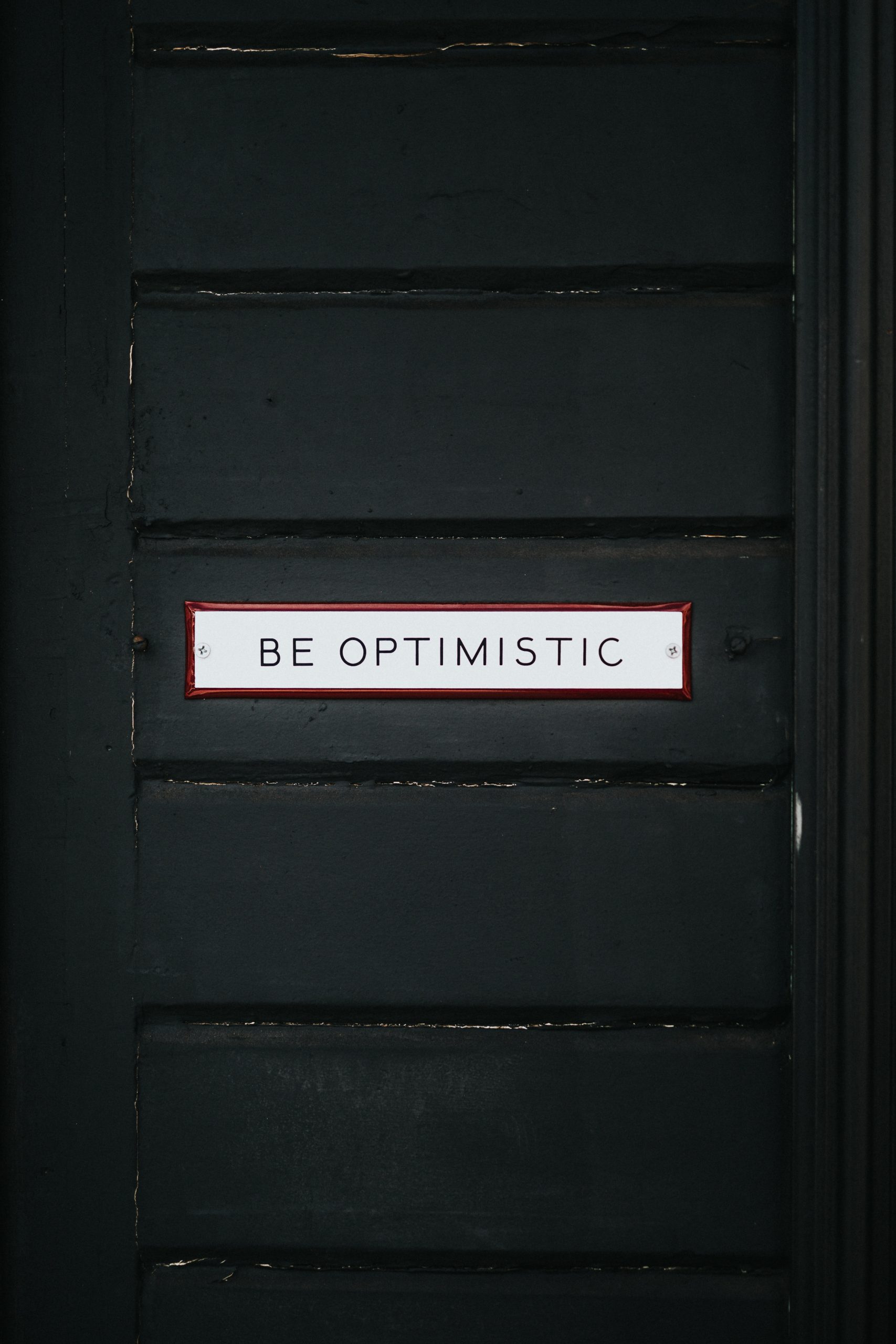The Symbolism of the Crescent Moon in Islamic Culture
Religious symbols have always played a crucial role in shaping the beliefs and practices of different cultures. One symbol that holds immense significance for Muslims is the crescent moon. Recognized as an iconic representation of Islam, the crescent moon has a rich historical and cultural background dating back centuries.
The Origins of the Crescent Moon Symbol
The origins of the crescent moon symbol in Islamic culture can be traced back to pre-Islamic times. It was a symbol associated with moon deities in various ancient civilizations, such as the Mesopotamian god Sin and the Arabian goddess Al-Lat. However, with the advent of Islam in the 7th century, the crescent moon took on a new meaning as it became intertwined with the faith.
The most prevalent theory suggests that the adoption of the crescent moon symbol within Islam was influenced by the flags carried by the Islamic armies during the time of Prophet Muhammad. These flags featured a white crescent on a black background, symbolizing the power and victory of the Islamic community.
The Symbolic Significance of the Crescent Moon
In Islamic tradition, the crescent moon holds numerous symbolic meanings that reflect the core principles and beliefs of the faith. Some of these symbolic interpretations are:
- Unity and Community: The crescent moon is believed to represent the unity and cohesion of the Muslim community. Just as the moon consists of different phases yet remains one entity, Muslims from diverse backgrounds and cultures are united under the umbrella of Islam.
- New Beginnings: The waxing crescent moon, with its slender and delicate appearance, is often associated with new beginnings. It serves as a reminder of the importance of renewal, growth, and constant self-improvement in the lives of Muslims.
- Guidance and Illumination: The moon’s gentle illumination during the dark hours of the night has metaphorical significance in Islam. It is believed to symbolize Allah’s guidance and the light of divine knowledge that leads believers toward the right path.
- Timekeeping and Calendars: Islamic calendars traditionally rely on the sighting of the crescent moon to determine the beginning and ending of important religious events and rituals, such as the start of Ramadan. The crescent moon, therefore, serves as a practical symbol for timekeeping and religious observance.
The Crescent Moon in Islamic Art and Architecture
The crescent moon symbol is not only limited to its symbolic importance within Islamic theology but has also made its way into various forms of Islamic art and architecture.
One notable example is the use of the crescent moon motif in mosque architecture, particularly in the design of minarets. Minarets are tall towers commonly found in mosques, serving as visual indicators of the presence of a mosque and providing a platform for the call to prayer. Many minarets exhibit a crescent moon finial on top, symbolizing the Islamic faith.
Moreover, the crescent moon symbol can be found in Islamic calligraphy, where it is often intricately incorporated into decorative patterns, manuscripts, and Quranic verses. Artists skillfully integrate the crescent moon symbol with Arabic calligraphy to create visually stunning pieces that represent the harmony between faith and art.
Contemporary Representations of the Crescent Moon
In the modern era, the crescent moon symbol continues to hold its significance within the Muslim community. It is used in various contexts and mediums such as flags, religious emblems, jewelry, and even as a digital icon for Muslim-related content.
The crescent moon symbol can often be seen on flags of countries with a significant Muslim population, such as Algeria, Turkey, and Pakistan. In these cases, the symbol serves as a source of national pride and identity.
Furthermore, the crescent moon has found its place in contemporary Islamic fashion and accessories. It is commonly used in jewelry, especially necklaces and earrings, as a way for individuals to display their religious affiliation and express their faith.
In Conclusion
The crescent moon symbol in Islamic culture has a rich and diverse history, with multiple layers of meaning and interpretation. Whether representing unity, guidance, or timekeeping, this symbol resonates deeply with Muslims worldwide. From ancient civilizations to modern-day usage, the crescent moon continues to be an iconic emblem of Islam, encapsulating the faith’s values, beliefs, and aesthetic expressions.
Table of Contents
